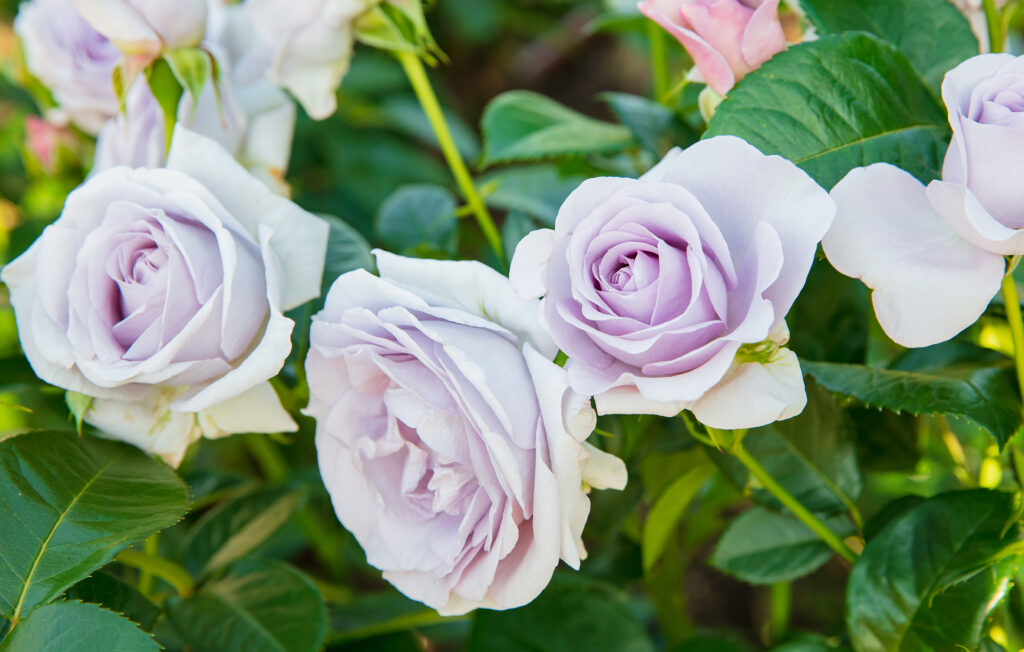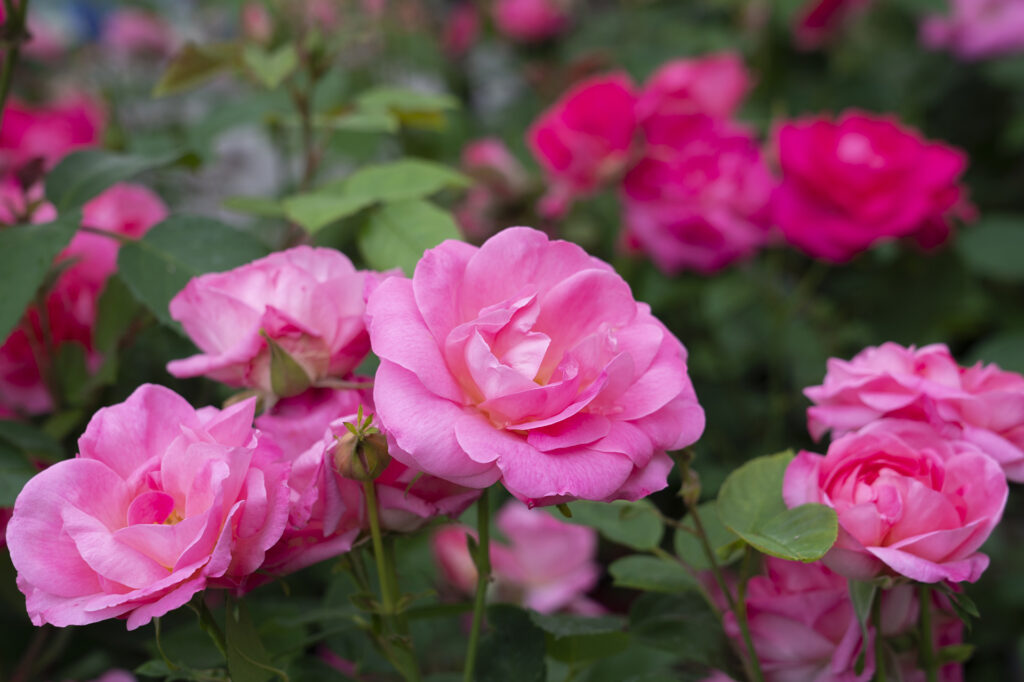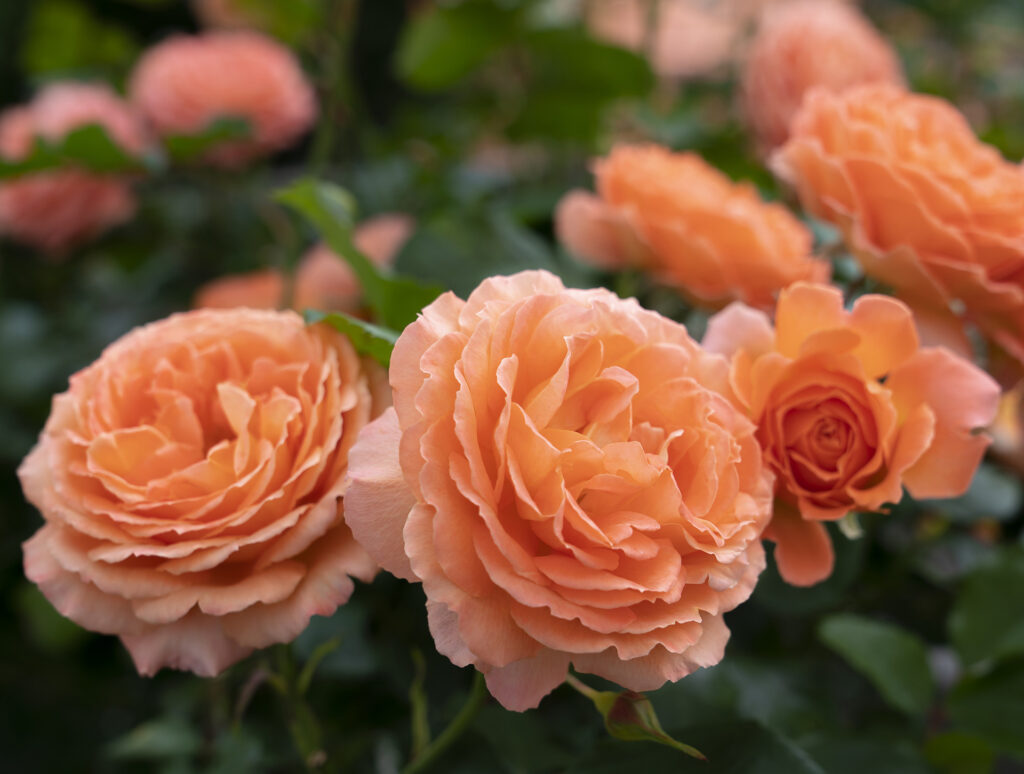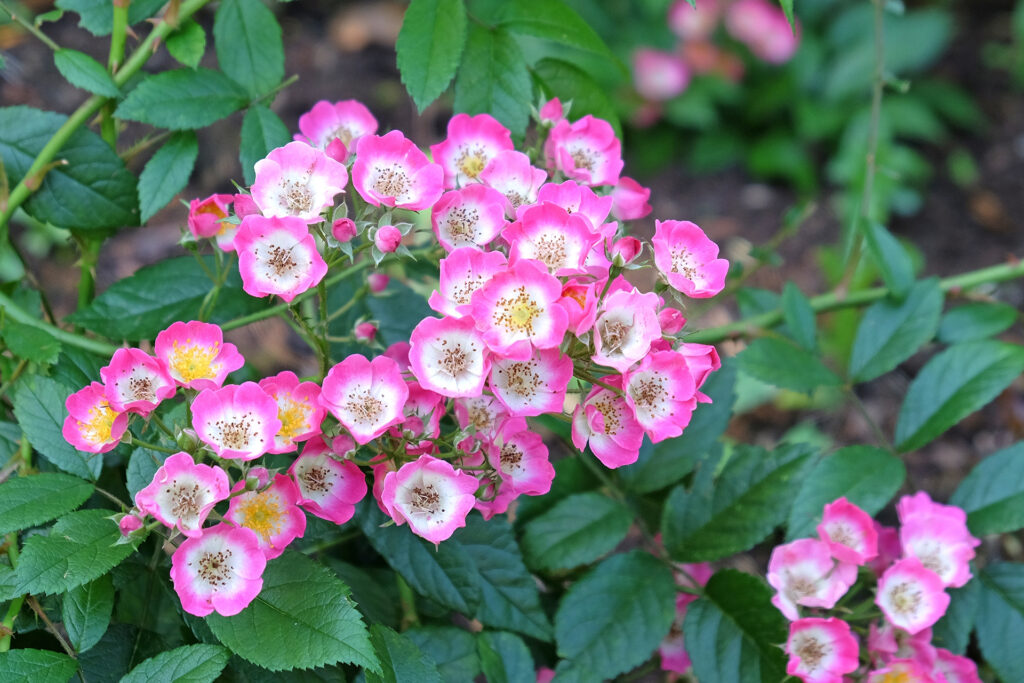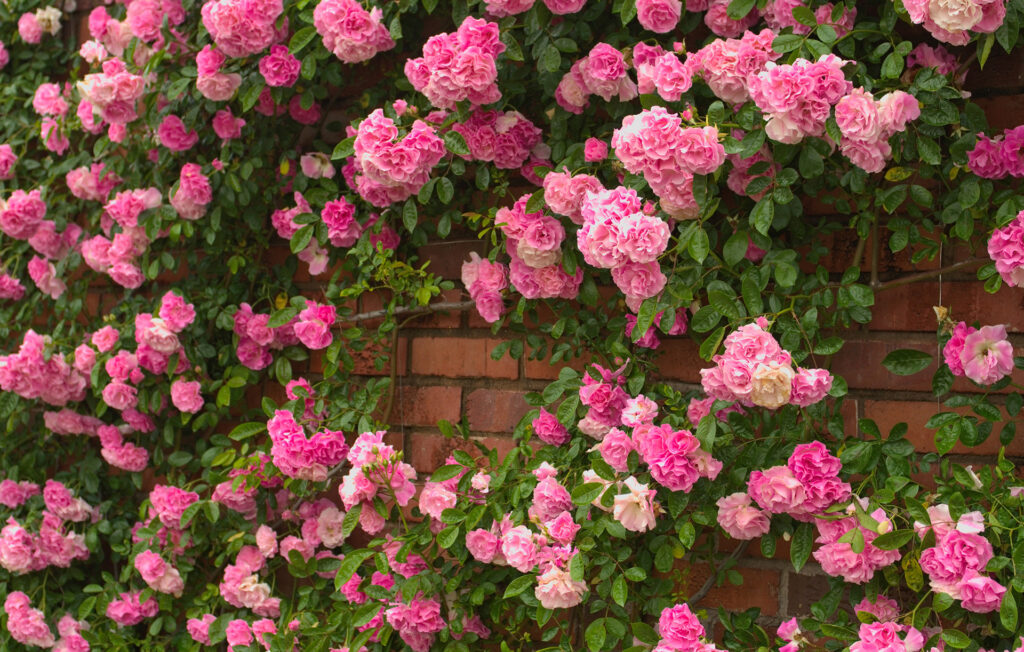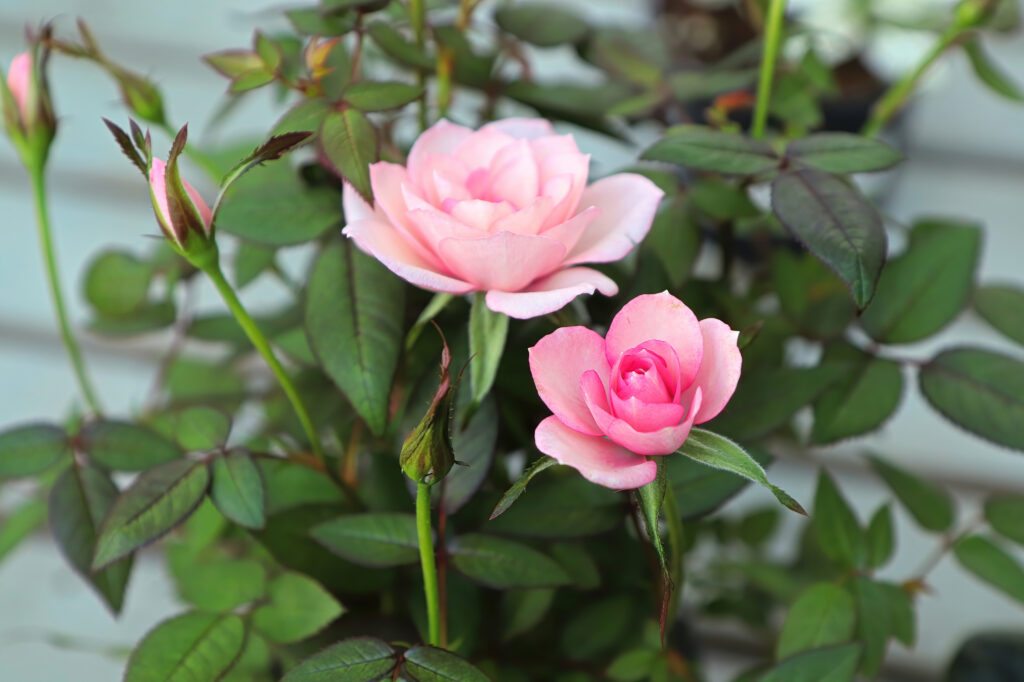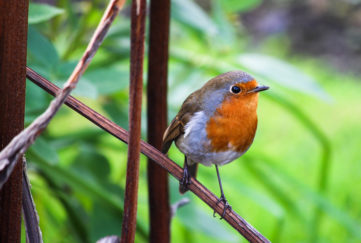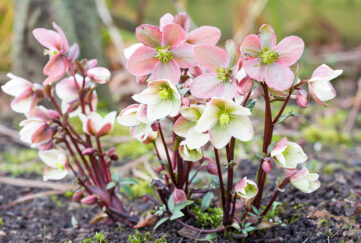Which Are The Best Roses For Your Garden?

What can be better than a quintessential English Rose blooming in the sunshine, but what varieties should you pick for your garden?
Roses complement virtually any garden design and style and are one of the most versatile flowering plants around.
You can use them in almost any part of your garden, and they come in almost any shape, colour, and size you can imagine. The only limit to how you can style a rose is your imagination!
British Garden Centres look at the different types and share the best advice to allow your roses to bloom!
Rose varieties:
Hybrid tea
Known for their beauty and scent, they have large, single flowers. Hybrid teas bear tall, pointed buds on long stems, so they are ideal for cutting. Free branching and upright, this shrub is ideal for beds and borders. The colours available are impressive, and many of them have great fragrances.
Floribunda
A floribunda rose produces clusters of flowers at the end of its stem. The looser blooms make them a great garden display, but they aren’t as good for vase arrangements. Standard roses – the ones grown on top of a long trunk – are most commonly the Floribunda type and bloom from early summer all the way through to early winter.
Shrub roses
These produce large clusters of “old rose” flowers that bloom from summer to autumn, and many are fragrant. David Austin is a popular brand that sells these blooms. Modern shrub roses are often bred from old-fashioned roses for repeat blooms, disease resistance, and a variety of colours.
Ground cover roses
Compact plants which create spreading carpets of colour give roses a whole new level of versatility in the garden. As long as they have plenty of sun, they’ll provide masses of rose flowers for most of the year and can be used in borders, cascading over walls and rockeries or spilling from large containers.
Climbing roses
Climbing roses produce abundant blooms on just one spreading plant. They can transform the facade of a house, a fence, or even a shed wall as long as they get ample sunlight. Most (but not all) hybrid teas and multiflora roses also come in climbing varieties, and there are many, many more to choose from. Just keep in mind that they all need some sort of support, as their branches need to be level.
Miniature roses
Even in the smallest of spaces, such as a sunny balcony, you can still enjoy growing roses. Miniature roses are perfectly proportioned dwarfed versions of their larger siblings, with all parts scaled down. They look super cute planted in garden containers or arranged in rows to fill window frames or planters. They are also found as standard stems, grafted onto 40-60cm tall stems, they are easy to care for, and full of blooms.
How to care for your roses
To get the most out of your roses, it’s important to prepare the soil before planting. We recommend a well-rotted fertiliser, which will ensure strong, healthy growth.
We also recommend that you use slow-release granulated rose food and sprinkle it on the soil. Nutrients are released over time, giving the plant everything that it needs to stay healthy. Your roses will benefit most from feeding before the leaves fully open in late March/early April. If your rose is a reopening variety, it will do a second flowering after the first bloom.
Pruning can encourage further flowering and improve the appearance of your roses. Trim, prune, or pinch finished buds throughout bloom.
Rod Austin, Plant Buyer at British Garden Centres said, “Roses are looking good this year, and this is due to the amount of rain we had in spring. However, the knock-on effect of this is fungal diseases such as blackspot and mildew, which may spread quickly as the temperatures have now increased and the soils are still wet. Some varieties are flowering a little later due to the cold weather in March and April so plenty of blooms to come!”

